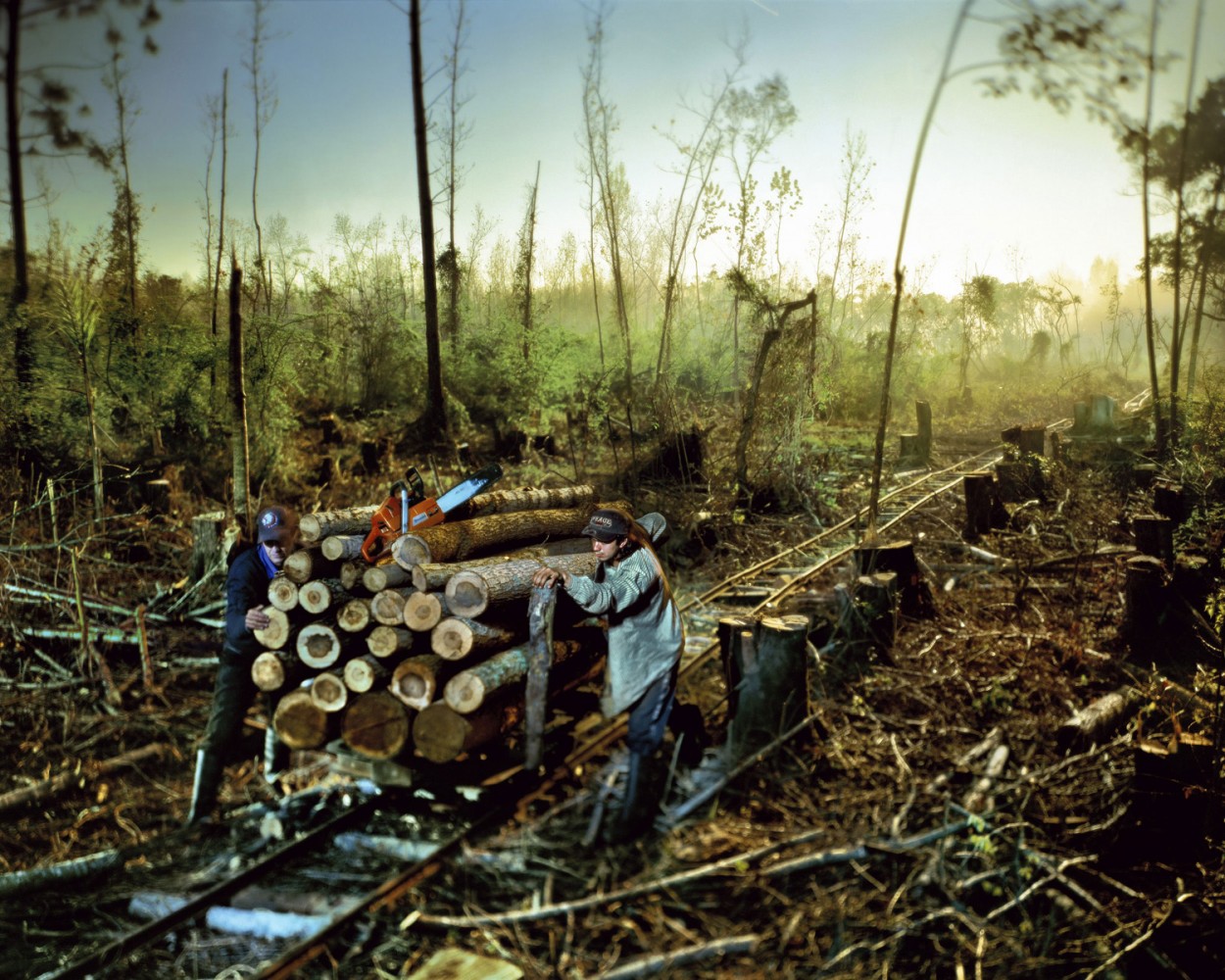
Since 2007, Argentinian artist Alejandro Chaskielberg has been living periodically in the Paraná River Delta Region. Chaskielberg spends much of his time observing the lives of the locals, whose days center around labor—mainly fishing, boating, and farming. Chaskielberg, who studied film and began his career as a photojournalist, expands the conventions of documentary photography by putting real people in re-imagined scenes of every-day life. The surrealist photographs are shot at night and in twilight, which are lit with a combination of available moonlight, flashlights, strobes and lanterns. The integration of the real and the artificial transforms the images, according to the Yossi Milo Gallery, into “a dreamlike work where perceptions of color, light and space are challenged.”
LightBox spoke with Chaskielberg about the story behind his photographs—his inspiration, subjects, and process:
How did you come about photographing the region?
The first time I went to the Paraná Delta, I was eight years old. I went with my family to a vacation house near the port closest to the city, called Tigre. From the beginning, I was fascinated by the unusual vegetation and the brown color of the river. In 2007, I started visiting a friend who was living in the Delta and writing a script for a movie. The house was close to the Bajos del Temor [Shallows of Fear], an area of shallow water and islands that expand with the sediment that comes down the Paraná. At the time, I was experimenting with making images by moonlight. I decided to make these kinds of images in the Delta. I started by shooting landscapes of the islands, and very soon I got involved with my neighbors, the islanders.
What are your inspirations for the series?
Some writers have inspired me for this work. They describe the atmosphere of the Delta and the life in the islands. One writer is Haroldo Conti, in his book Sudeste, and another is the Uruguayan Felisberto Hernandez in Casa Inundada, and Horacio Quiroga who wrote about life in the jungle of northern Argentina. There are also influences from the music of the Mesopotamian region the Paraná River flows through, like the Chamamé, folk music with roots in the native Guaraníes, with German influence due to immigration. Another influence is a photographic book on the Paraná River by Argentinian photographer Roland Paiva; although his images are very different from mine, in his book, you can smell the river.
How do you come about choosing your subjects?
My everyday work consisted of sailing the rivers of the Delta on a motorboat. I met the islanders randomly, on piers and in general stores, sometimes sharing a glass of wine at a grocery store or getting gas at the fuel station. Some of them were my neighbors, and some were people recommended by other islanders. Once, while sailing down the Canal Five, I waved to an old man on the bank. In the Delta, everybody waves to each other. The way he waved his hand to say hello was very generous, and I knew he had a big heart. I stopped the boat, and we talked for hours. That is how I met José Castel. We agreed to have a dinner of island stew together the next day and take a photo in his kitchen.
How long do shoots usually take? And how long does it take to produce a single image?
The exposures usually take five to ten minutes, and the shoot for one scene usually takes about four hours. I work using the full moon as a key element in my composition and lighting. Therefore, the window for doing the shoots is only about three clear nights. During the rest of the month, I work on planning and pre‐visualizing the images, sailing, following the islanders in their daily work and setting up the night for the shoot with them. The way of producing these images is completely different from what I was used to: sometimes, it takes months to gain confidence with the people before shooting an image. It wouldn’t be the same if I hadn’t moved to the islands for two years.
What are the tools you use to make the images—props, cameras, lights?
I photograph with a Sinar Norma 4×5″ large format camera with positive film. I use different flashlights, some incandescent and some LED‐lights with different white balances, to illuminate the images. I also make my own lights with bamboo canes and compact flashes.
Do you have favorite images in the series?
One of my favorite images is The Paraguayans, because it is the first photograph that the subject had of himself. It was a difficult shoot and one of the first ones with an islander. The night of the shoot was really cold, and I was nervous. The moon wasn’t in the right position for the composition I had planned, so we watched a soccer match on an old TV, waiting for hours until the moon was completely perpendicular to the earth. Another interesting image is The Three Steps. I wanted to shoot a low metal barge loaded with willows. As I got the shot ready, Ramón, the night watchman, and I shared wine mixed with lemon soda. He told me that he was originally from Gualeguaychú, and that he had come to the islands after serving time for manslaughter. ‘He was a bad guy,’ he told me. ‘He stole my tools, and one afternoon found both of us armed. He had been drinking and fired two shots at my house. I came out holding my deer‐hunting rifle, and, thanks to my bad luck, my shot got him in the chest’. After six years in jail, he arrived in the islands and adopted Pepino, a rooster who follows him everywhere he goes. Ramón carried on talking, and everything seemed to be at a standstill. It was midnight. I turned my camera around and asked if I could take a shot of them together.
How have the images been received by the subjects?
They usually like the images, but I feel they don’t have much interest in looking at photographs. I think they appreciate the images merely as records of their lives. They are used to seeing amazing colors and landscapes in everyday life, and they express more interest in me as photographer than in the images themselves. One of the islanders I photographed is Don Segundo, who is seventy years old. He lives alone in the woods, in a small hut made of poplar logs. He emigrated from Chile when he was very young, because he found the pain intolerable after his mother abandoned him to the care of his father. Since he left Chile, he has had no contact with his family. Don Segundo is an otter hunter, and his only belongings are twelve rusty traps and a yerba mate set. He is a believer; he speaks slowly and nods his head in silence. When we met the first time, he said, ‘I am proud to have made the acquaintance of a photographer.’
The High Tide opens at New York’s Yossi Milo Gallery on June 9th and will run through July 29th. Additional work by Chaskielberg from Leong’s projects can be found on his website. Chaskielberg is releasing a book soon entitled La Creciente, published by Nazraeli Press.
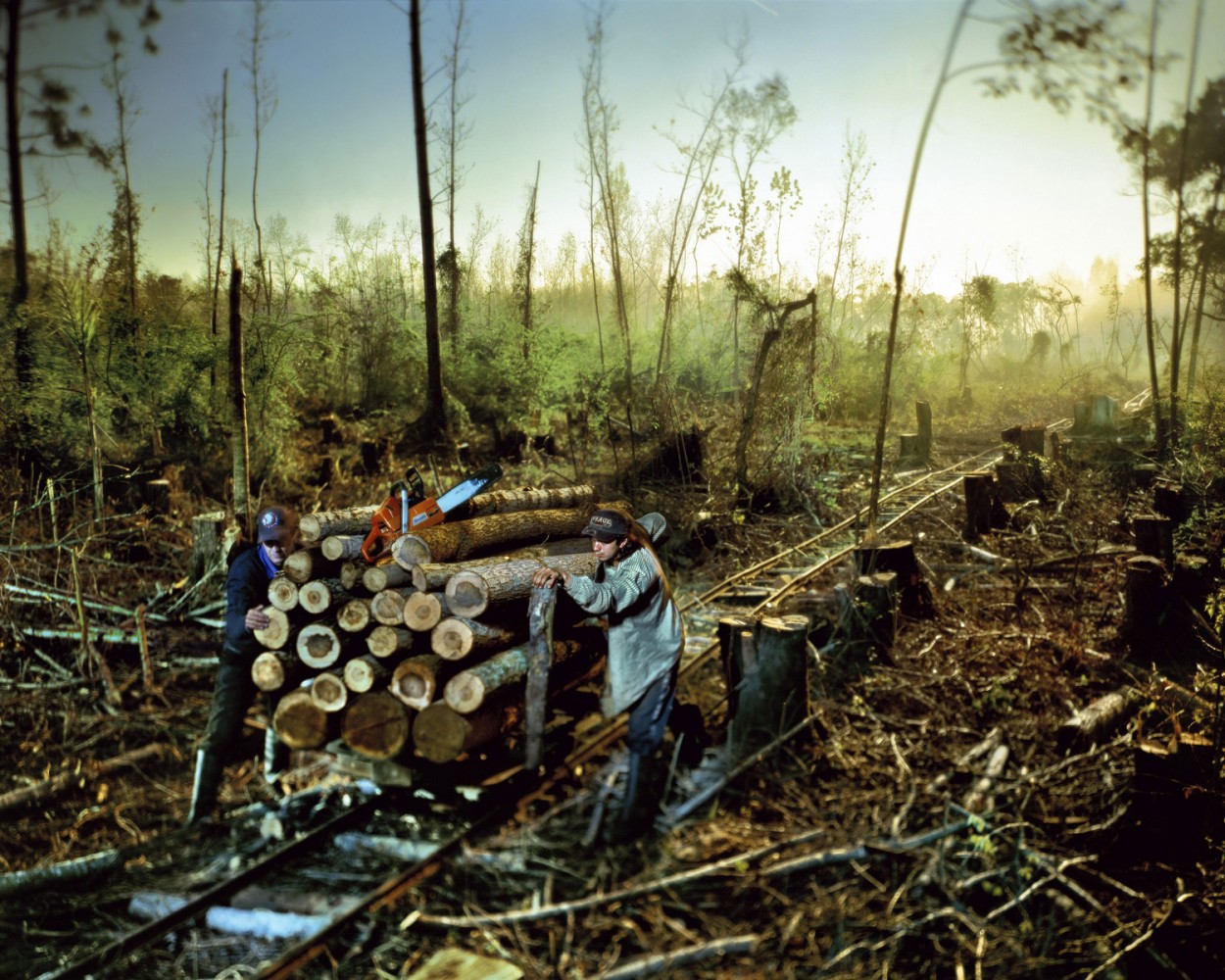


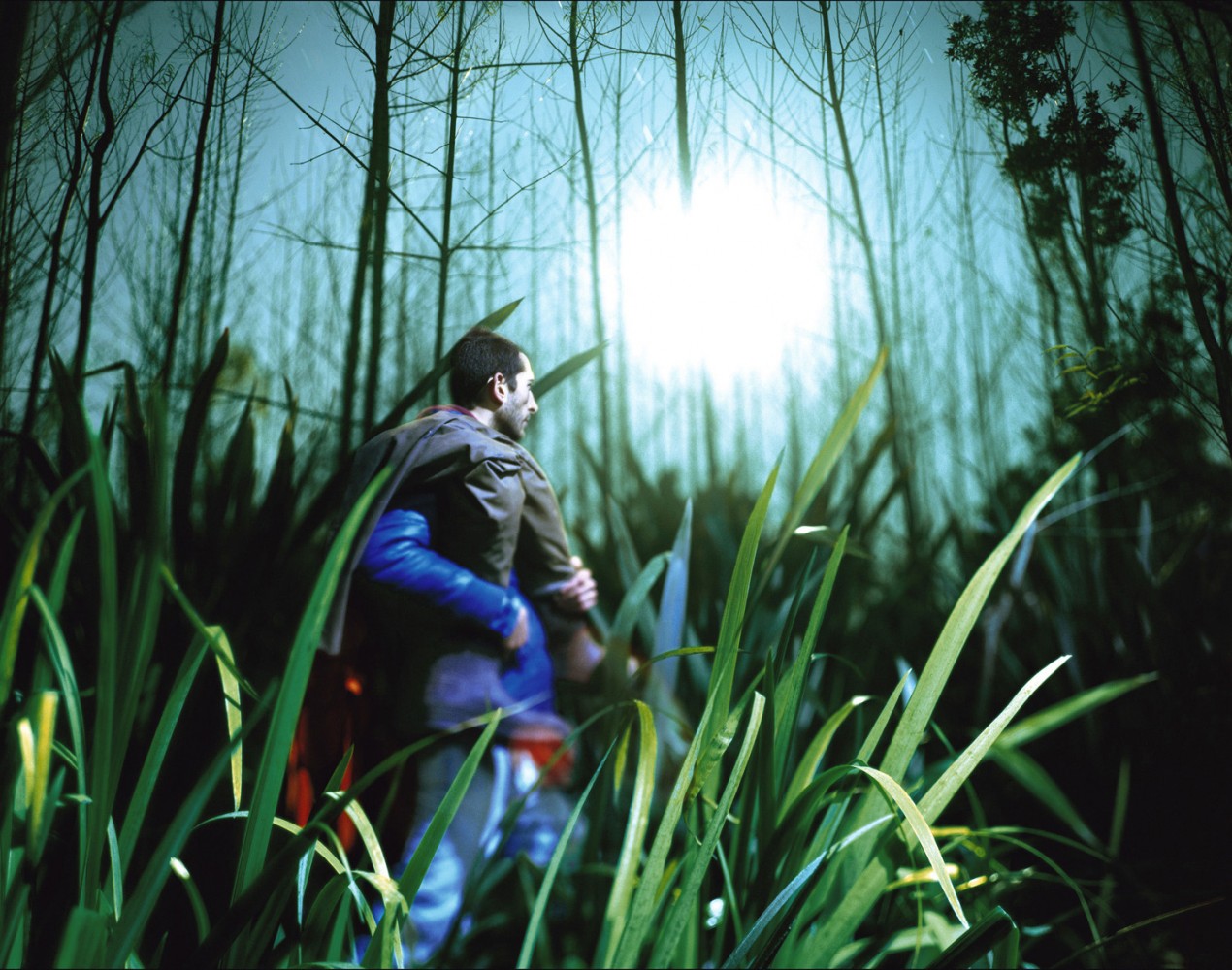

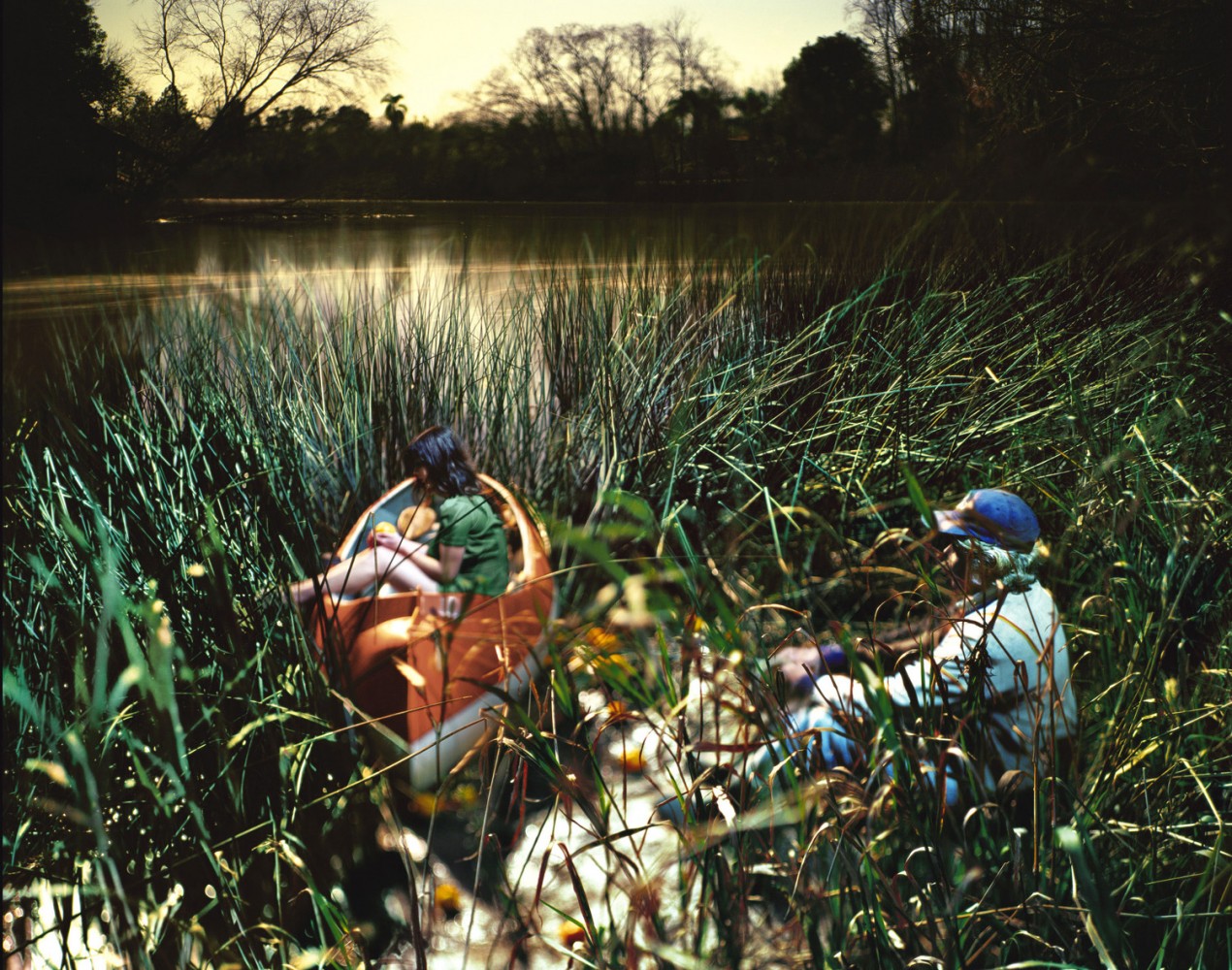
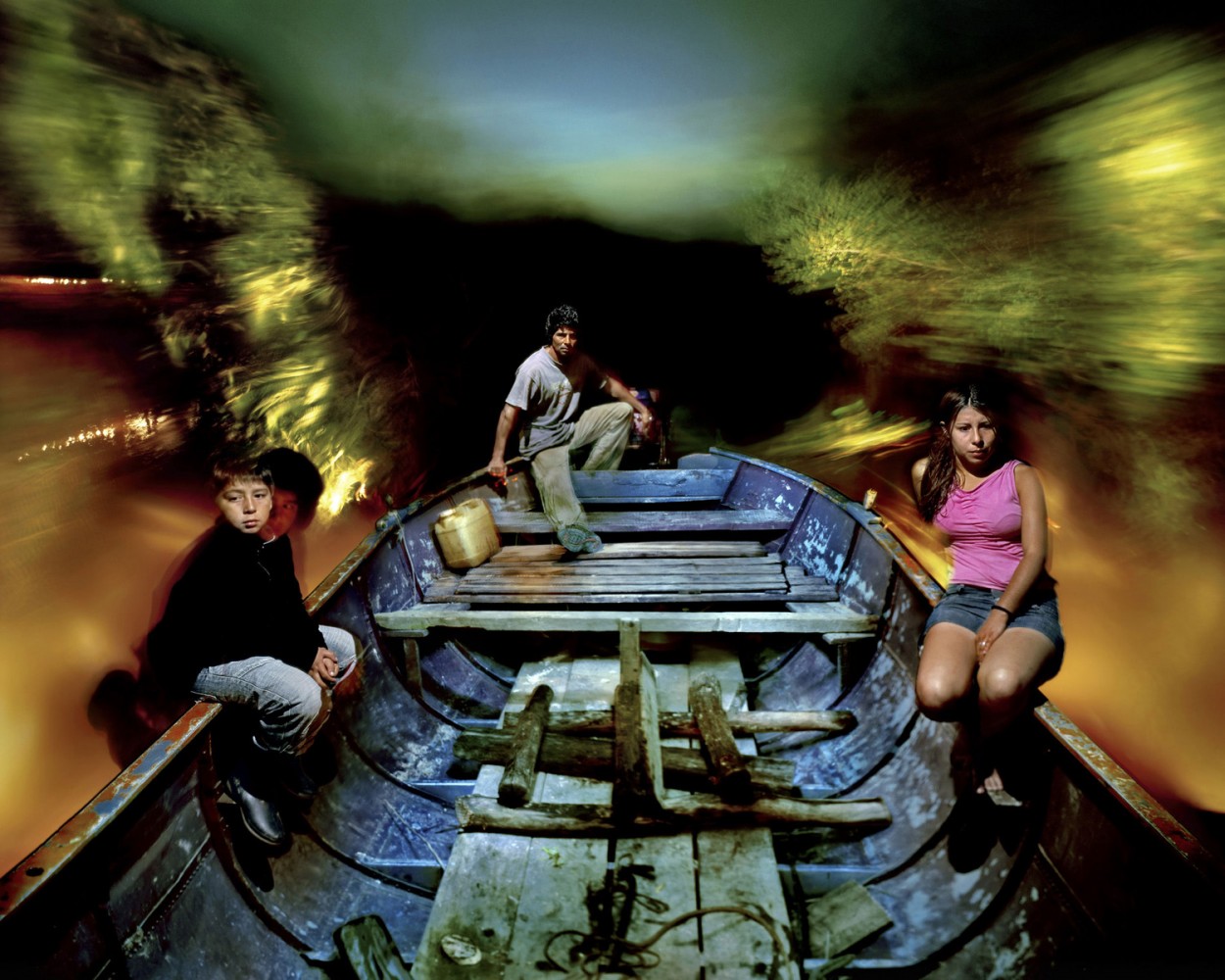
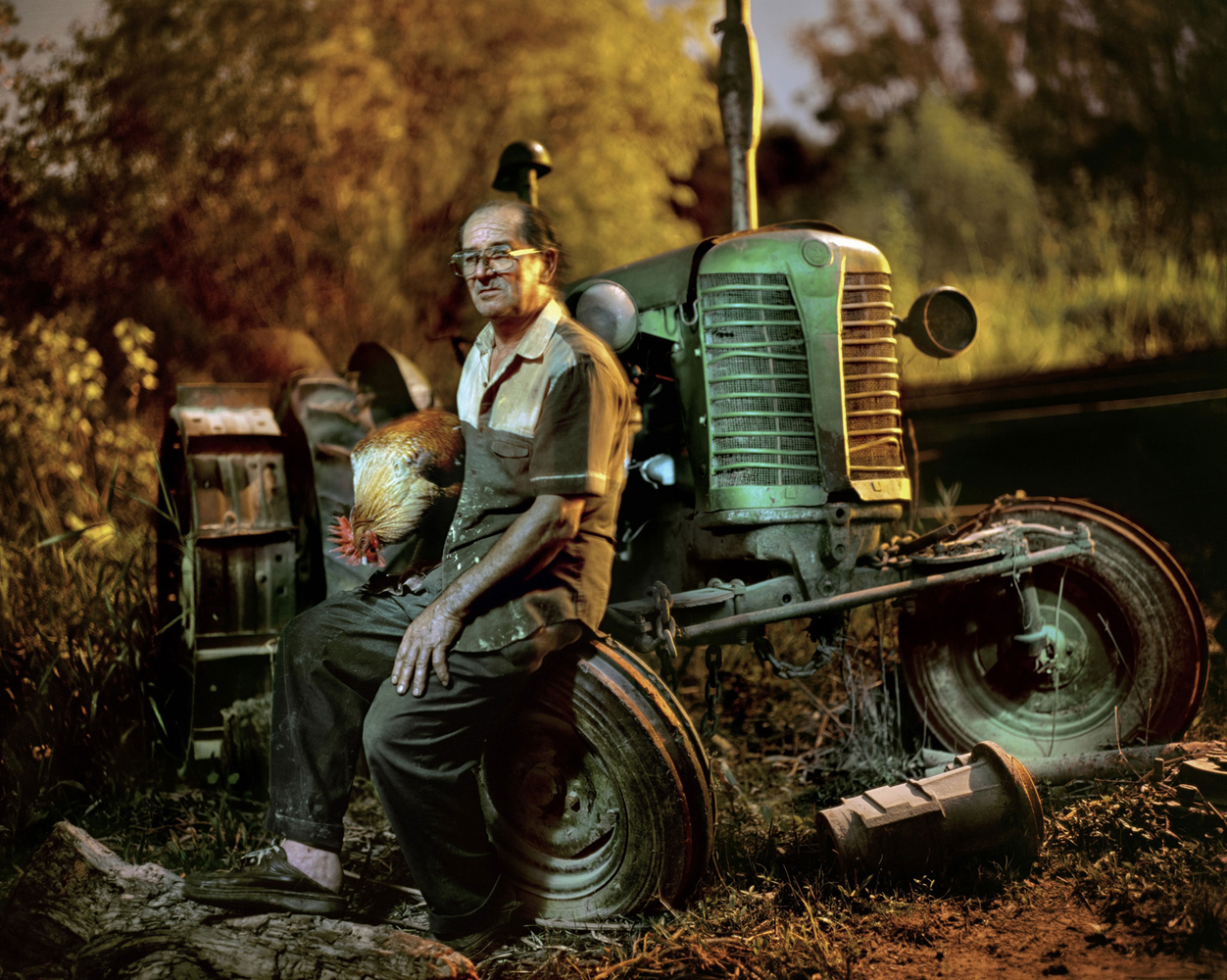
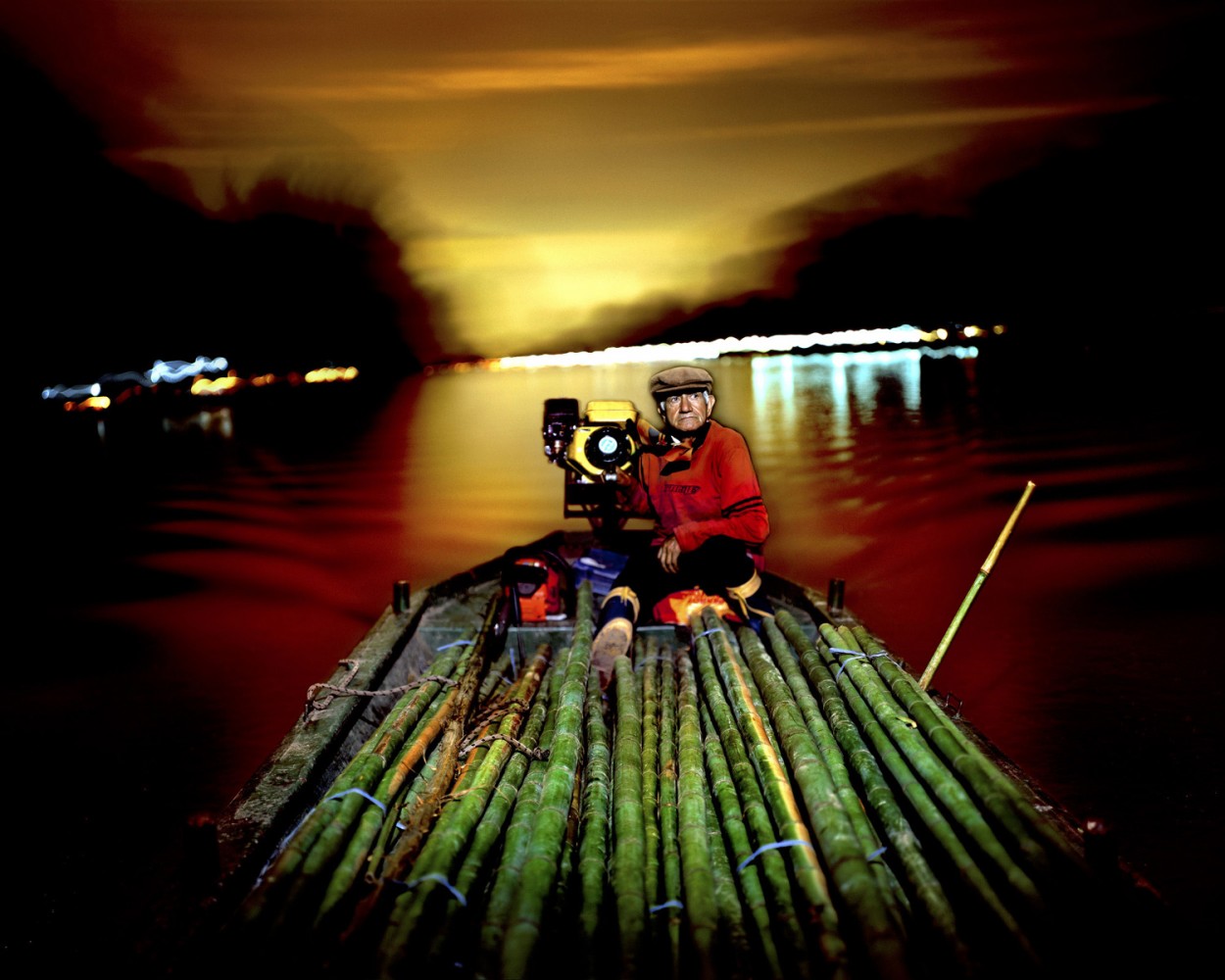


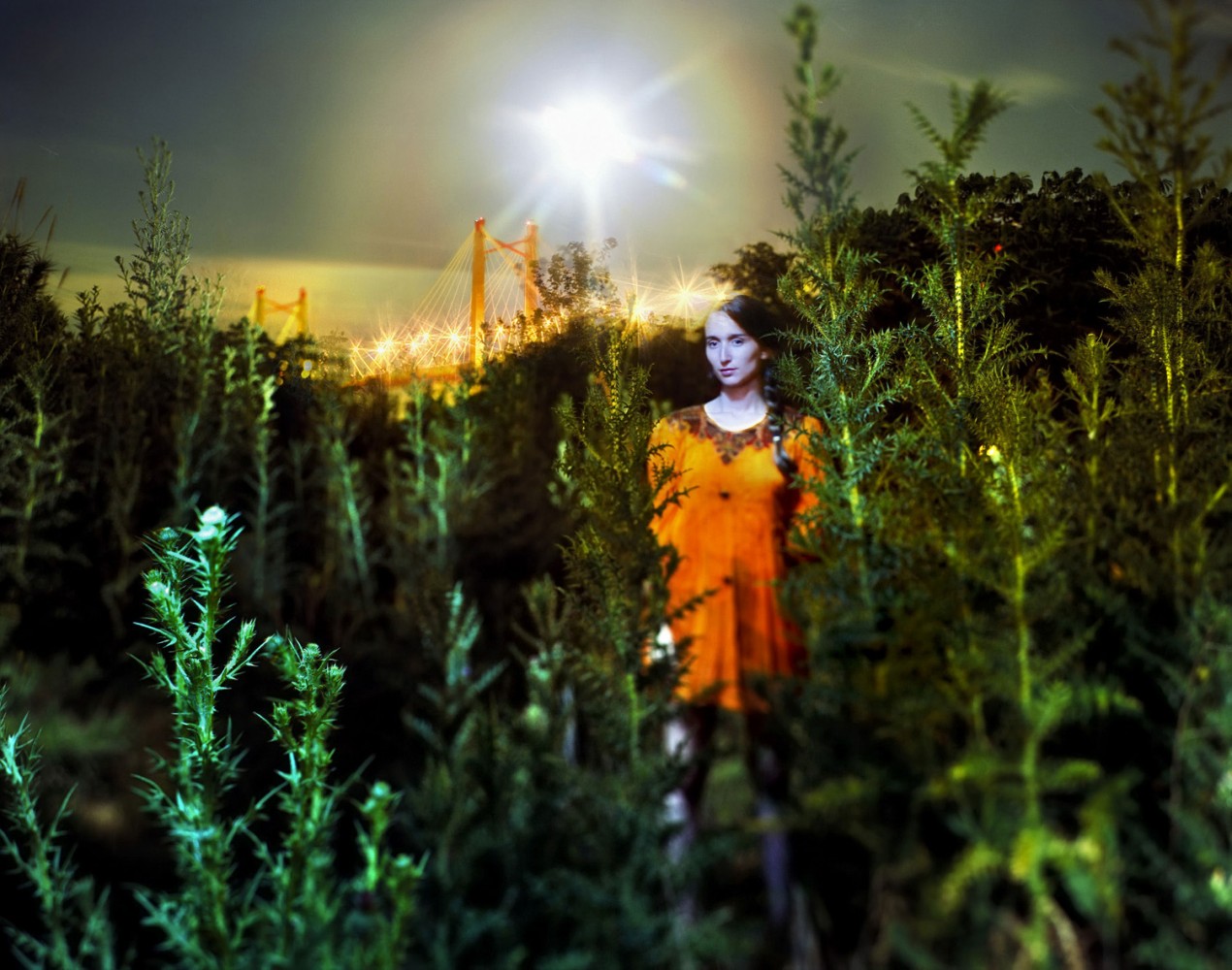
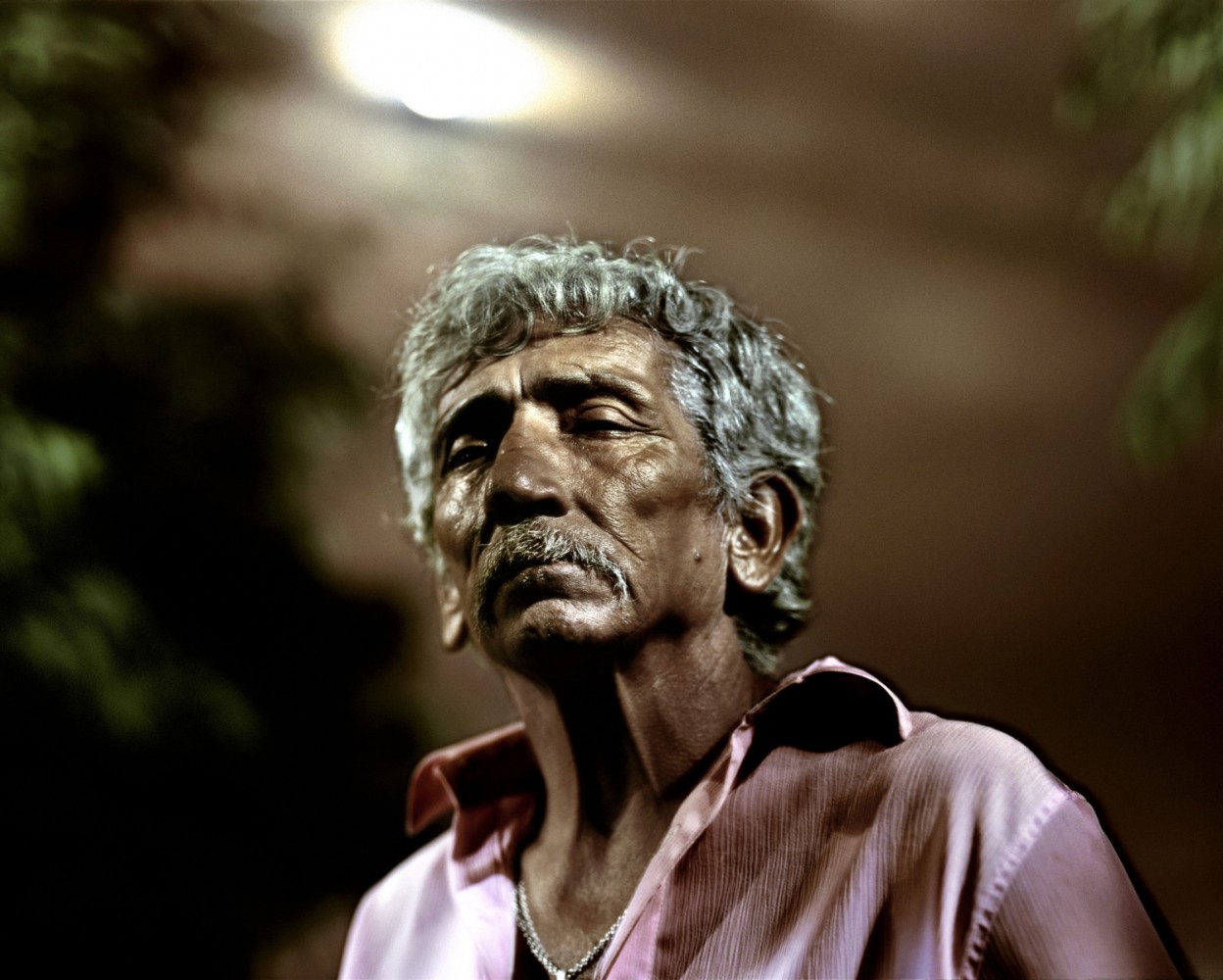
More Must-Reads from TIME
- Why Trump’s Message Worked on Latino Men
- What Trump’s Win Could Mean for Housing
- The 100 Must-Read Books of 2024
- Sleep Doctors Share the 1 Tip That’s Changed Their Lives
- Column: Let’s Bring Back Romance
- What It’s Like to Have Long COVID As a Kid
- FX’s Say Nothing Is the Must-Watch Political Thriller of 2024
- Merle Bombardieri Is Helping People Make the Baby Decision
Contact us at letters@time.com